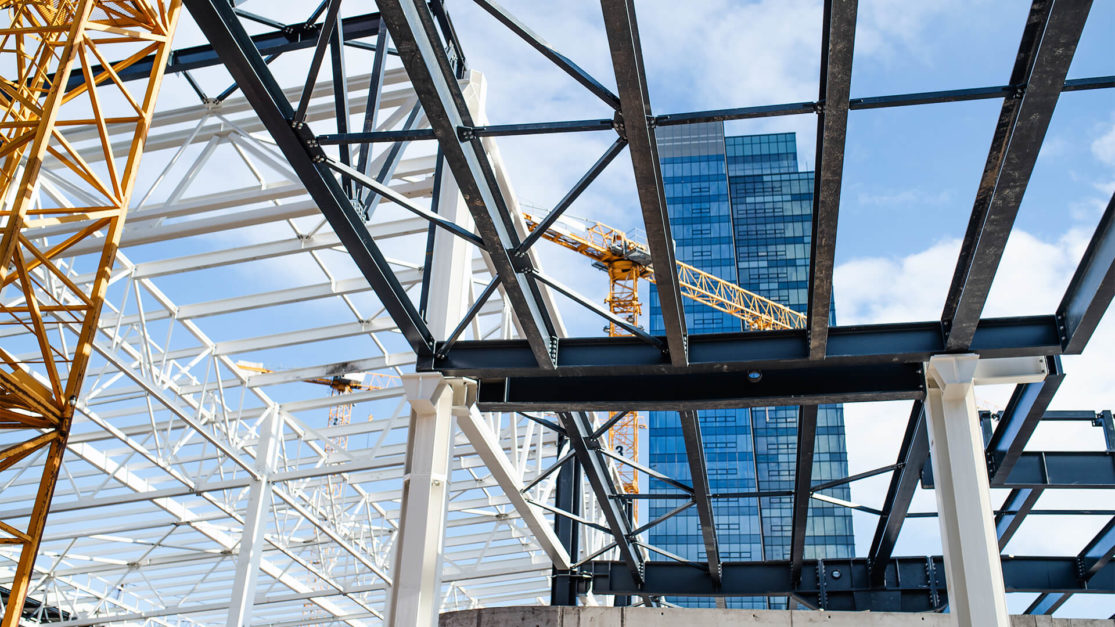Japan’s skyline is characteristic of skyscrapers and concrete jungles. It is known to be one of the most resilient buildings in the world with elastic buildings that dance to the tune of earthquakes. The engineering is robust, which gives the impression that the buildings are immovable, even in the event of natural calamities like earthquakes. A similar practice needs to be adopted to make earthquake proof buildings in Pakistan.
Earthquake proof house design: Setting the benchmark
Given the frequency with which earthquakes are recurring in light of climate change, it goes without saying that buildings need to be structurally sound and resilient. There are two categories of resilience that engineers consider when designing earthquake-proof buildings.
Firstly, the buildings are designed to withstand minor tremors, which can be experienced three to four times since its inception. For these types of buildings, it is not acceptable to have any kind of damage that requires repair to the structure.
Secondly, the buildings are designed keeping in mind extreme earthquakes. The bar for this category was set by the Great Kanto Earthquake of 1923 in Japan. The earthquake was recorded to be of magnitude 7.9 on the Richter scale.
The epicentre of the quake was Tokyo and Yokohama in which 140,000 people lost their lives. For this type of earthquakes, the priority is to save human lives; preserving the building is not a primary goal.
Graana.com brings five ways to make a building earthquake-proof.
Structural Design Aspects
Disruptions in vertical housing are caused mainly by horizontal forces like earthquakes. These vertical forces also comprise less than 50% of the flat structures. The main reason why buildings collapse in an event of an earthquake is that the walls are not designed up to code. When an earthquake occurs, it causes the walls to move outwards, forcing the roof to collapse.
An earthquake proof building demands the walls and roof to be designed in such a way as to allow them to swing independently when faced with tremors. Experts suggest that the best way is to fix the walls firmly to the walls or attach them to a system of posts where the weight is equally distributed.
Flexible Foundation
Different types of building foundations are in practice nowadays. The “base isolation” method, can be used to solidify the foundation. In this technique, the building is raised from the ground using unique architectural designs.
The building is constructed using flexible pads comprising rubber, steel, and lead. Hence, when there are tremors, the vibrators move but the building itself remains steady.

Seismic Dampers
Seismic dampers work similarly to shock absorbers. There are primarily two methods to use damping: Vibrational Control Devices and Pendulum Power. Vibrational control devices allow dampers to be placed on every level of the structure between columns and beams.
The damper is a substance consisting of a piston head which lies inside a cylindrical object filled with silicone oil. When an earthquake occurs, the energy from the shock waves is transferred to the piston which further pushes it against the oil. Hence, the seismic energy is converted into heat and causes the dissipation of energy. This prevents earthquake damage.
Another method is pendulum power. This damping method is mainly utilised in skyscrapers. This technique involves suspending a humongous ball which is connected to steel cables.
These cables are connected to a hydraulic system that is situated at the top of the building. When the building experiences a force causing it to sway, the balls act as pendulums and process in the opposite direction. This stabilises the building.
Shape Of House
The shape of the house plan has a significant influence on its stability. Ideally, the more compact a plan is, the more it offers a safety net against shocks. Moreover, the shape of the plan also contributes to its structural strength.
For example, engineers prefer square layouts more than rectangular ones. Similarly, circular plans are preferred over square ones.

The University of Kassel, as part of a doctorate thesis, conducted a test on the influence of wall shapes on the response against seismic waves. The test found that the square plan showed the first sign of crack after the second stroke and completely collapsed after four strokes.
Alternatively, the earth house with a circular plan showed the first signs of crack after three strokes and witnessed small damage to the wall after six strokes.
Earthquake Proof Materials
While structural design and engineering contributions aid in making a building structurally stable, the choice of building materials is also equally important.
Certain construction materials are known to perform better than others in case of earthquakes. These include structural steel, wood and futuristic materials such as memory alloy and bamboo.

The performance of a construction material is linked to its ability to resist stress and vibrate when exposed to different frequencies of energy.
Increasingly, buildings with modern construction involve the use of structural steel that allows the building to bend without breaking. Similarly, wood has high ductility which makes it resistant to stress.
For more news and blogs, visit Graana Blog.




